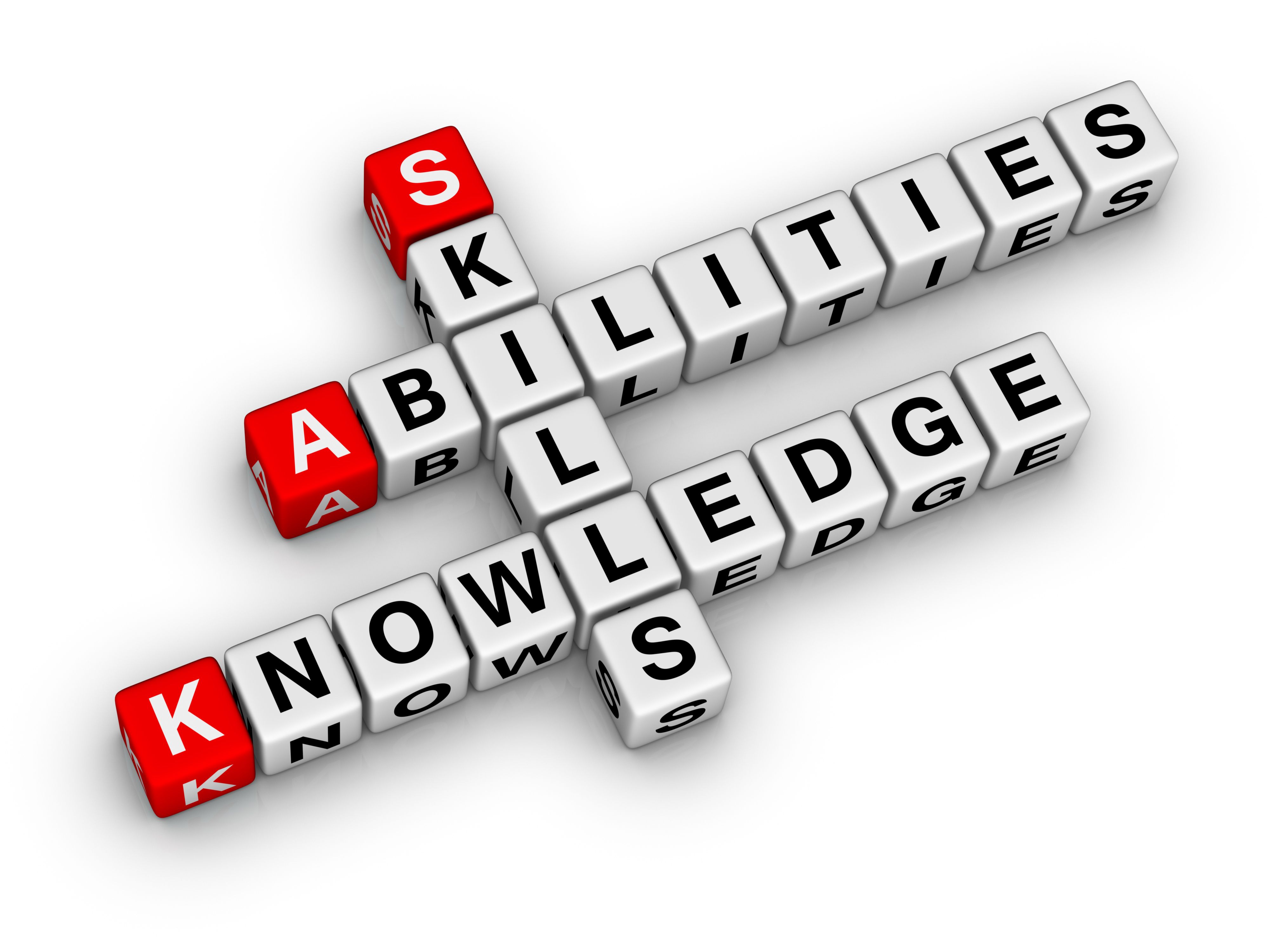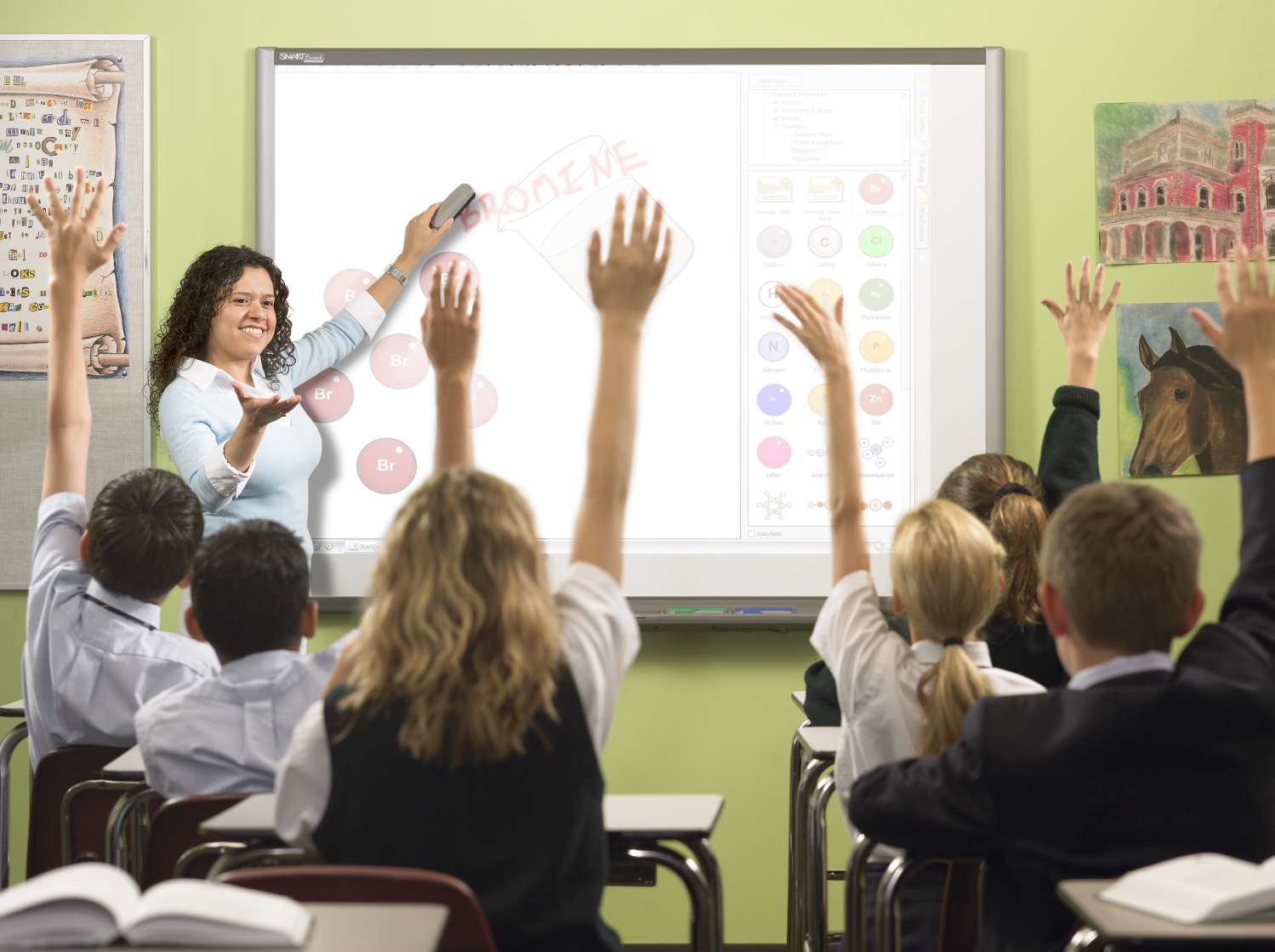I have had my own personal Twitter account for about a year and a half now and I really like Twitter the most out of all the social networks I've used in the past. The only thing I don't like is you can't upload a ton of pictures like you can on Facebook. But overall I have never had a problem with Twitter and I like how easy it is to follow people and see what everyone is doing. I keep my personal Twitter private since I do work with kids already. I really don't post anything bad, but I would rather be safe then sorry. I also like the private mode so that the whole world can't see my tweets or even follow me.
In my SEDU 183 class at Edinboro University we had to create a professional Twitter and use it to follow our classmates and other educators. This past Tuesday in class we took a class quiz on Twitter by using the hashtag #SEDU183quiz1. I thought this was a very useful tool because we could all work together as a group without talking and every could contribute their part.
I think Twitter in the classroom could be a great idea, but you could also run into a lot of problems. First off I think only high school and college students should use Twitter in the classroom and only if they are going to use it for educational reasons. In my high school, we had net books in every classroom, but every social network site was blocked because they were seen as a distraction the classroom. I can see where they are coming from, but I don't think they really knew how beneficial Twitter or any social networking site could have been to the classroom.
Me wanting being an elementary school teacher, I would never use Twitter or any social networking sites in my classroom with my students. I wouldn't even use it for a middle school classroom. First off, it takes away from the face to face learning experience and the children are just too young. If they are always behind a computer screen they may not be paying attention to the teacher and they may not develop that personal relationship with the teacher either. Also, it can trigger cyber bulling, or the students can come in contact with a person who might not be who they say they are. If homework or tests are given online sometimes it makes it easier for the child to cheat. Bring a college student and going through a high school with net books in every room, I can tell you, that I would much rather do homework on paper any day.







